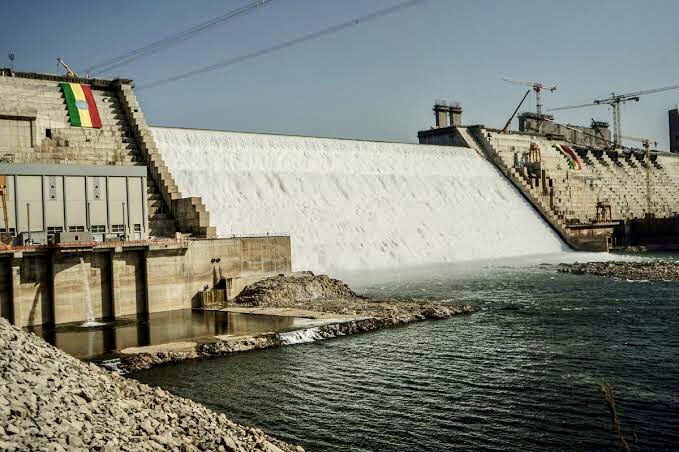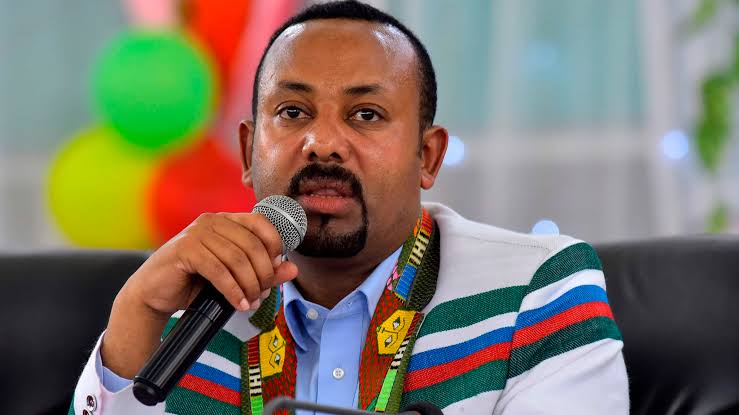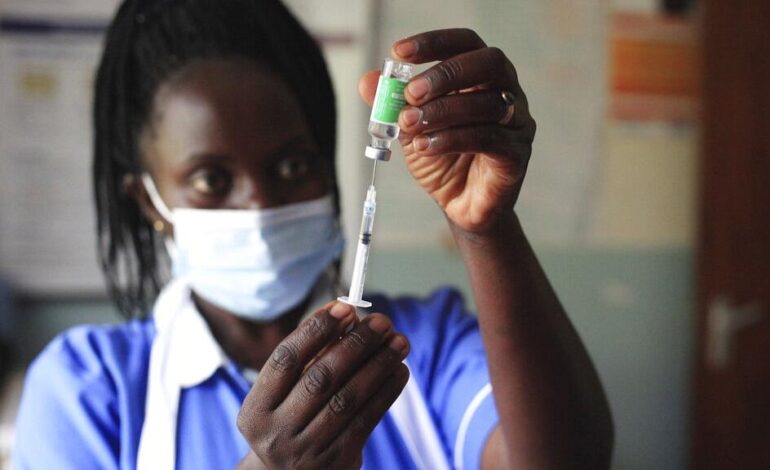
- The $4.2bn project is ultimately expected to more than double Ethiopia’s electricity output.
- Sudan and Egypt see the Grand Ethiopian Renaissance Dam as a threat, but Ethiopia sees it as essential for its development.
Faith Nyasuguta
For the first time in history, Ethiopia will use electricity from its massive hydropower plant, the Grand Ethiopian Renaissance Dam (GERD) alias Hidase Dam.
The major milestone comes amid the ongoing Tigray war that has crippled the second most populous country in Africa since November 3, 2020.
Lying in the Blue Nile River in the Benishangul-Gumuz region of western Ethiopia, the dam is 145-metres (475-foot) high and 1,780 m (5,840 ft) long. The reservoir’s total capacity is 74 billion cubic metres, and the target for 2021 was to add 13.5 billion.
Last July, Ethiopia said it had hit that target, meaning there was enough water to begin producing energy.
With the dam’s construction kicking off in 2011, the dam was formerly known as the Millennium Dam.
The $4.2bn project is ultimately expected to produce over 5,000 megawatts of electricity, over twice Ethiopia’s current electricity output.
Prime Minister Abiy Ahmed officially inaugurated electricity production from the mega-dam over the weekend- a milestone in the controversial multibillion-dollar project.
In the company of high-ranking officials, Abiy toured the power generation station and pressed a series of buttons on an electronic screen, a move officials revealed began the production.

On Sunday, it had started generating 375 megawatts of electricity from one of its turbines.
While Ethiopia sees the humongous dam as a key to unlocking its development and electrification goals, neighboring countries Sudan and Egypt view the Grand Ethiopian Renaissance Dam as a threat.
The neighbours project that the plant will spark acute water shortages downstream.
Following this, the prime minister sought to assure neighbouring nations his country did not wish to harm their interests.
“Ethiopia’s main interest is to bring light to 60 percent of the population who is suffering in darkness, to save the labour of our mothers who are carrying wood on their backs in order to get energy,” Abiy said.

“As you can see, this water will generate energy while flowing as it previously flowed to Sudan and Egypt, unlike the rumours that say the Ethiopian people and government are damming the water to starve Egypt and Sudan.”
However, the Egypt foreign ministry has accused Ethiopia of “persisting in its violations” of a preliminary deal signed between the three nations in 2015, barring any of the parties from taking unilateral actions in the use of the river’s water.
The earliest violation of the initial agreement was tied to the filling of the dam, according to the Egyptian ministry.
NO BINDING CONTRACT
Despite the Grand Ethiopian Renaissance Dam set to be the largest hydroelectric scheme in Africa, it has been at the centre of a regional dispute ever since 2011 when Ethiopia broke ground there.
For Egypt, a nation which depends on the Nile for almost 97 percent of its irrigation and drinking water, the dam is an existential threat.
On one hand, Sudan is banking on the mega project to regulate annual flooding but fears its own dams could be harmed without a deal on the GERD’s operation.
Both Sudan and Egypt have been pressuring Ethiopia for a binding deal over the filling and operation of the massive dam, but talks under the auspices of the African Union (AU) have failed to reach a breakthrough.
IMPACT ON ETHIOPIA
A senior analyst at International Crisis Group, William Davison, said GERD is seen domestically “as a symbol of Ethiopia resisting external pressure”.
“The government has propagated the idea that foreign actors are trying to undermine Ethiopia’s sovereignty, so I think this will be cast as showing they are still making progress despite a hostile environment,” Davison said.
A separate analyst said the launch of the electrification project was a “rare positive development that can unite a deeply fractured country” after 15 months of brutal conflict with Tigrayan rebels.
“The newly generated electricity from the GERD could help revive an economy that has been devastated by the combined forces of a deadly war, rising fuel prices and the COVID-19 pandemic,” he said.
Ethiopia faces the second largest electricity deficit in Africa, according to the World Bank. Two-thirds of the population, about 110 million people, are lacking a connection to the grid.
WHERE IT ALL BEGUN

The major dam was initiated under ex-Prime Minister Meles Zenawi, the leader who ruled Ethiopia for over two decades until his death in 2012.
During its launch, state workers donated a one month’s salary towards the project. Since then, the government has issued dam bonds targeting Ethiopians at home and abroad.
During the dam electrification launch, officials credited Abiy with reviving the dam after what they dubbed as a mismanagement which delayed its progress.
“Our country has lost so much because the dam was delayed, especially financially,” project manager Kifle Horo said in his remarks.
In 2020, the process of filling the GERD’s vast reservoir began with Ethiopia announcing in July of that year it had hit its target of 4.9 billion cubic metres.





Recent Comments